EATON Switch Disconnectors



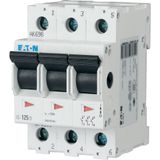

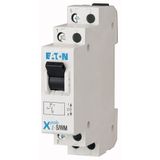

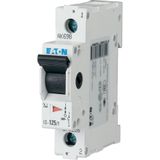
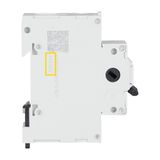

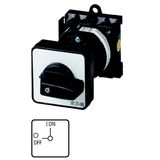
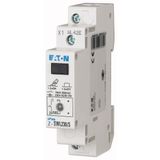
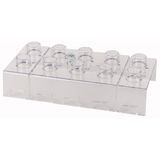


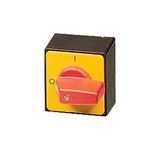
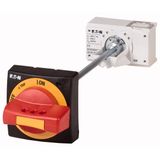
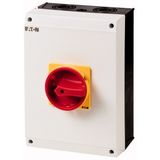


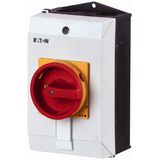
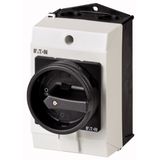

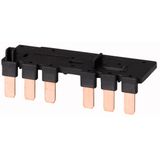

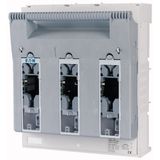
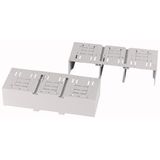


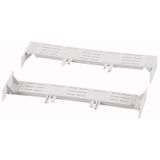
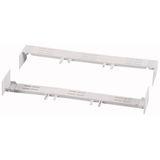

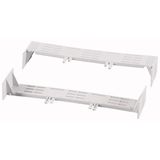
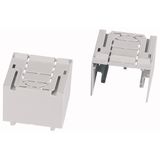
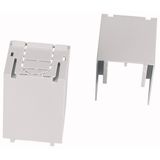
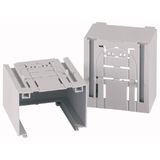


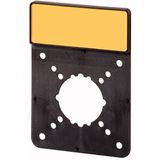

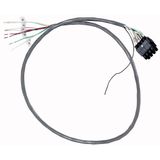



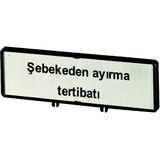

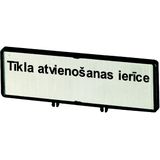
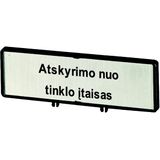
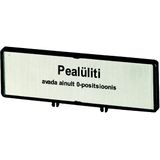


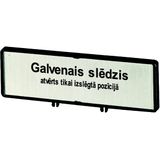

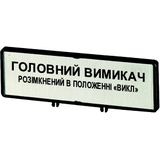
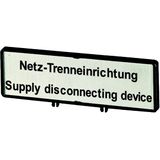


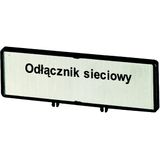
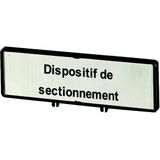

You don’t get headlines about switch disconnectors — they just work. But put a bad one in a control system, and you’ll remember it fast. Eaton switch disconnectors are those reliable components you install once and forget, until something needs maintenance and you’re glad the separation is clean, safe, and predictable.
The role of a disconnector in power systems
A switch disconnector (isolator, non-fused disconnect, or load break switch) isn’t glamorous — its job is isolation, service safety, and clearly separating circuits.
When operators, electricians, or maintenance crews need to open a circuit, they rely on the disconnector. Eaton’s line gives you choices for that: simplicity, durability, and options tailored to real conditions.
Eaton’s common disconnector types and use cases
Here are the main Eaton styles you’ll see in industrial and commercial setups:
- Eaton isolator switches — simple “open/close” isolation without internal fuses. Good for basic circuits or interlocks.
- Eaton load break switches — more robust; can interrupt permissible load transitions, not just dead isolation.
- Eaton main switch disconnector — the heavy hitter, used in main panels to cut entire systems.
- Eaton non-fused disconnect switch — ideal when overcurrent protection is handled elsewhere (circuit breakers or fuses).
- Eaton rotary disconnect switch — handle-type switch, often 90° motion with clear visual ON/OFF.
- Eaton enclosed switch disconnector — completely enclosed in a housing, useful in exposed environments.
- Eaton 3-pole disconnector — for 3-phase systems; opens all phases in one action.
- Eaton door-coupling handle disconnect — handle on the door that drives the internal disconnect; you open or close without opening the panel.
- Eaton maintenance isolator — used when you need safe isolation for service or inspection, often with lockout capabilities.
Each variant suits a niche: location, usage, safety, load type. Pick the right one for your panel configuration and environment.
Other Eaton products:
What makes Eaton’s disconnectors solid choices
Here’s what you feel when you mount one:
- Solid mechanics — handles feel crisp, not sloppy. The motion is deliberate.
- Clear state indicators — built-in ON/OFF markers or via handle position, so you see status at a glance.
- Contact design — proper alloy materials, sized for current, minimizing contact wear.
- Arc control / insulation — either internal arc chambers or insulation design that prevents arc damage when opened under load.
- Mount and footprint consistency — replacement or upgrades don’t force re-cuts or weird layouts.
- Robust enclosure options — for harsh, wet, or dusty environments, Eaton offers sealed or rated housings.
Because disconnectors are often your first line of interaction with power, they need to feel reliable and safe.
Tips for selection & installation in real life
- Confirm voltage rating, current rating, and short circuit (fault) rating — never undersize.
- Decide fused vs non-fused depending on upstream protection.
- For motor circuits, choose a disconnect switch or load break type designed to handle inrush currents.
- Use door-coupling handle or rotary types when space or access is limited.
- Provide clear labeling near the switch — so maintenance teams don’t guess.
- Leave cabinet space behind the disconnector for wires, cable bending, and future upgrades.
Supply & stock at Bank of Lamps
At Bank of Lamps, we carry Eaton’s full range of switch disconnectors: isolator switches, load break switches, main switch disconnectors, non-fused disconnects, rotary switches, enclosed versions, 3-pole disconnectors, door-coupling handles, and maintenance isolators.
We support B2B and wholesale across Europe — Germany, Netherlands, UK, France, Spain, Baltics — with datasheets, spec sheets, and stock-level transparency.
When you build power panels or service equipment, Eaton disconnectors are the kind you rely on.